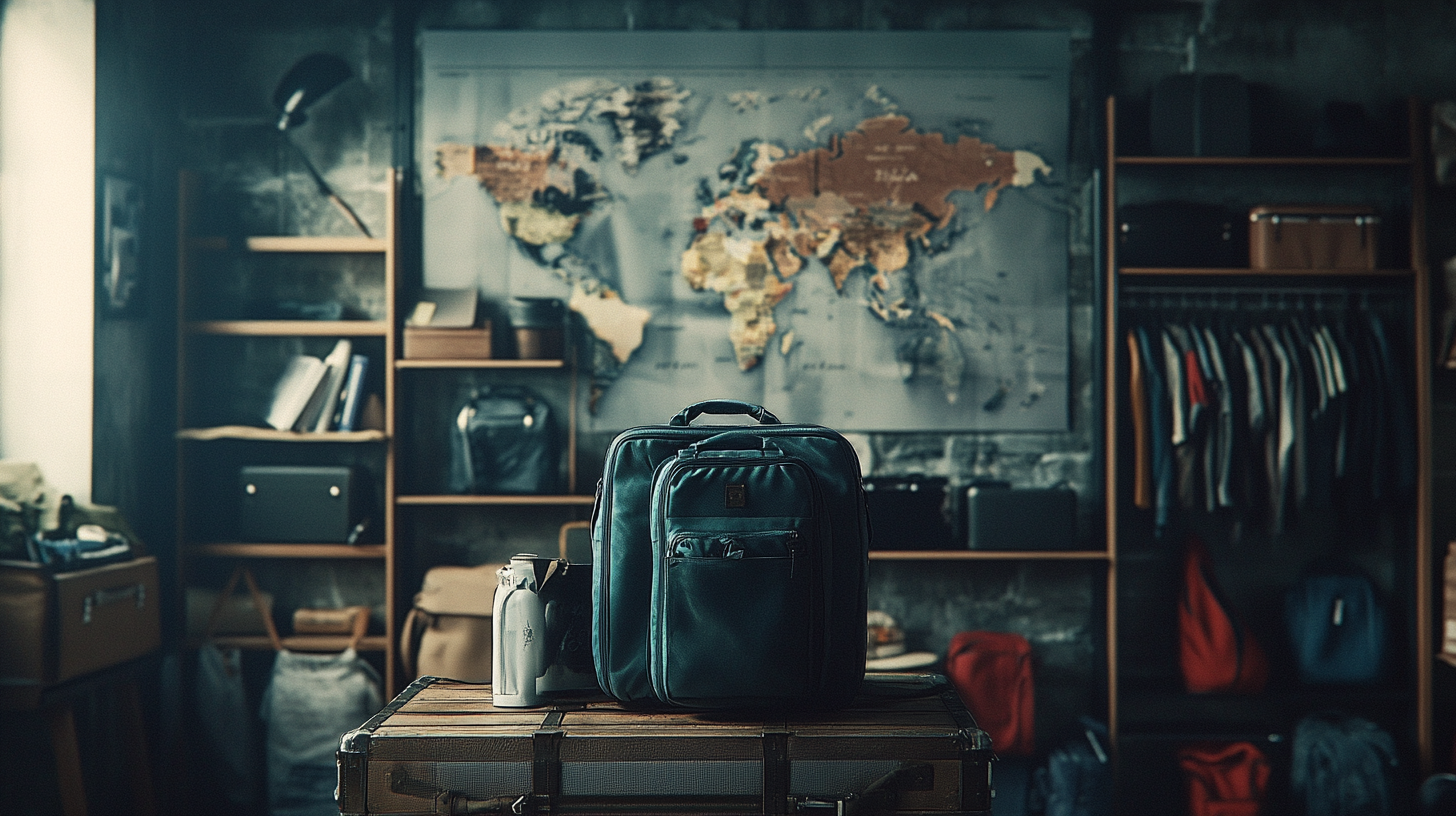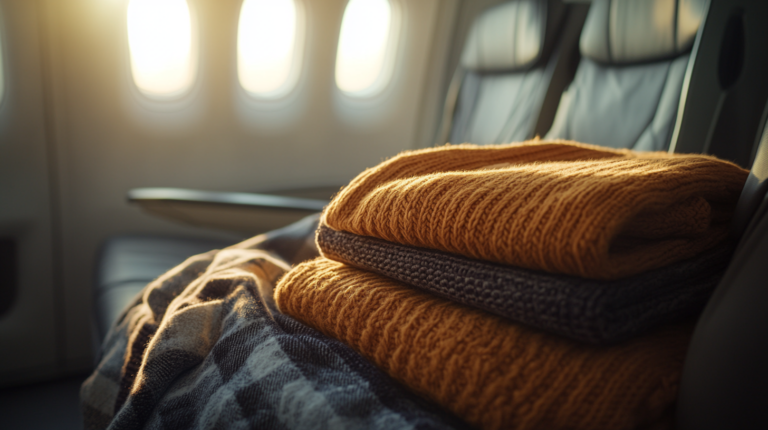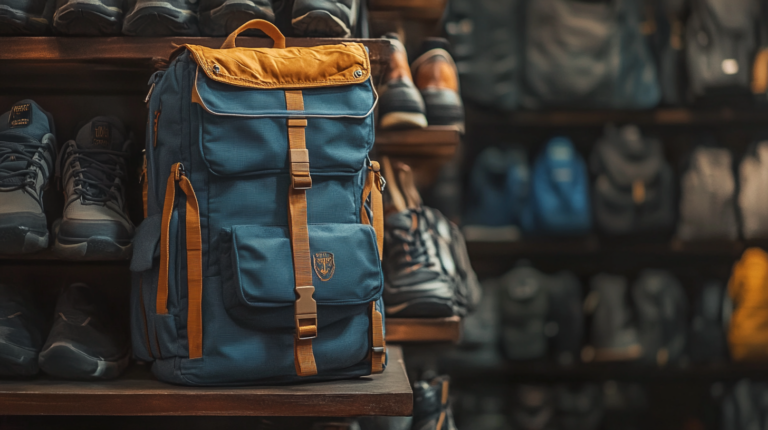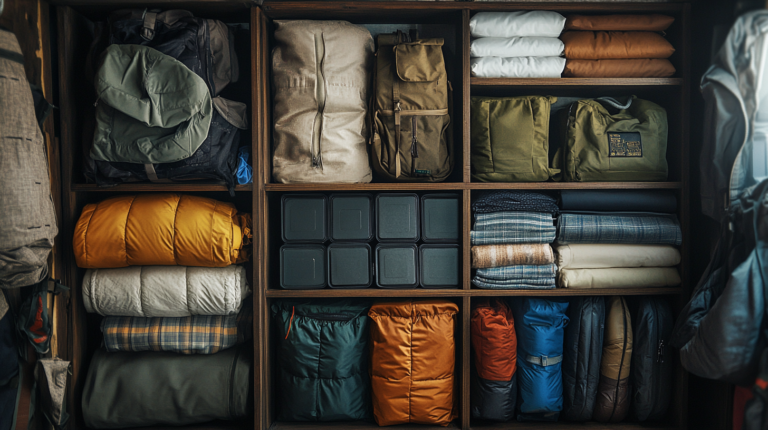Pack Like a Pro: A Frequent Flyer’s Business Travel Guide
Business travel doesn’t have to mean hauling around three different suitcases. I’ve noticed how a bit of thoughtful preparation, balanced with the right gear, can dramatically streamline your whole journey. According to a 2024 survey by the Global Business Travel Association, nearly 70% of frequent flyers believe that organized packing lessens in-transit stress and helps them stay more focused on their work.
1. Verify Documents and Finances
In my own travels, I’ve learned that nothing derails a business trip faster than a missing ID or jumbled paperwork. Before I even think about clothing, I make sure my passport, driver’s license, and any conference or meeting materials are properly sorted. A recent study suggests that travelers lose about 15 minutes per airport visit when they hunt for misplaced documents, often leading to costly delays or missed appointments.
I’ve also found it convenient to rely on financial tracking apps to keep receipts, invoices, and booking confirmations in order. Tools like Expensify or Concur streamline expense management, so I don’t wind up crumpling receipts into every spare pocket. This digital approach also makes it simpler to spot any questionable charges on the go, reinforcing my sense of security each time I swipe my card.
There’s equal peace of mind in carrying hard copies of crucial documents, stored separately from my electronic devices. If my smartphone runs out of battery or my laptop malfunctions, I can still rely on these paper backups. For crossing international borders, I like to carry a color copy of my passport in a discreet part of my bag—just in case.
2. Choose the Right Luggage
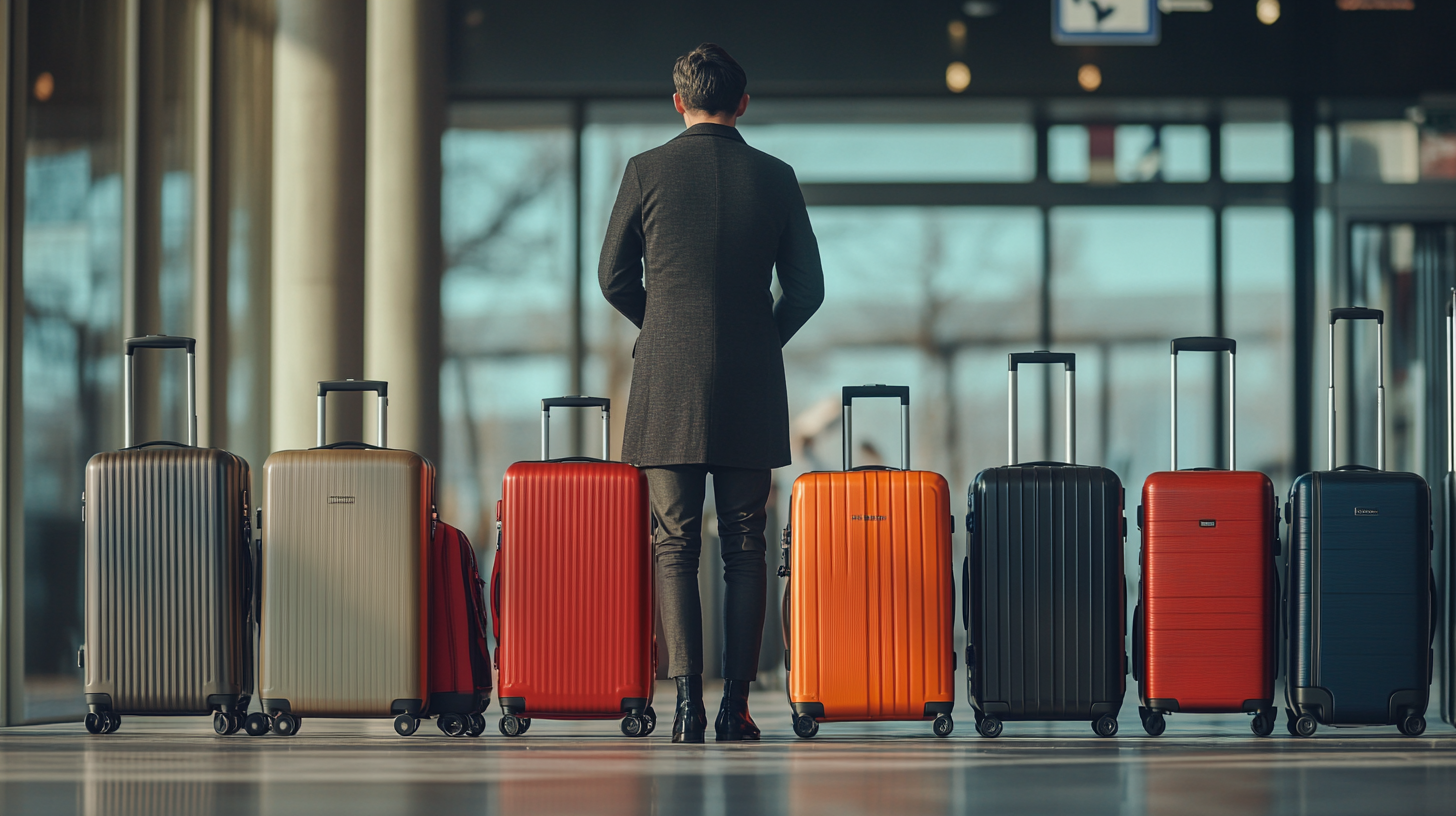
There’s a reason I’ve become almost obsessive about luggage selection: the right bag can be a game-changer. According to industry data, a durable and compact carry-on reduces travel mishaps by up to 40%. I’ve observed that travelers to bustling hubs like London Heathrow or Tokyo Haneda fare best when they bring a smaller, cabin-approved case. It eliminates the dreaded wait at the baggage carousel and significantly cuts down on lost luggage woes.
Personally, I look for suitcases or backpacks with dedicated compartments for laptops, tablets, and documents, so there’s zero fumbling at security checkpoints. The 40-liter backpack craze is still going strong in 2025, and for good reason—it balances capacity with mobility. If you’re someone who needs to pack multiple outfits, though, a wheeled carry-on with a fully opening front pocket can be a lifesaver.
For extra peace of mind, I recommend luggage with built-in tracking features. Some leading brands embed GPS or Bluetooth technology, enabling you to pinpoint your bag’s location via smartphone if it goes astray. In my experience, having that real-time reassurance is worth every penny.
3. Tech Essentials
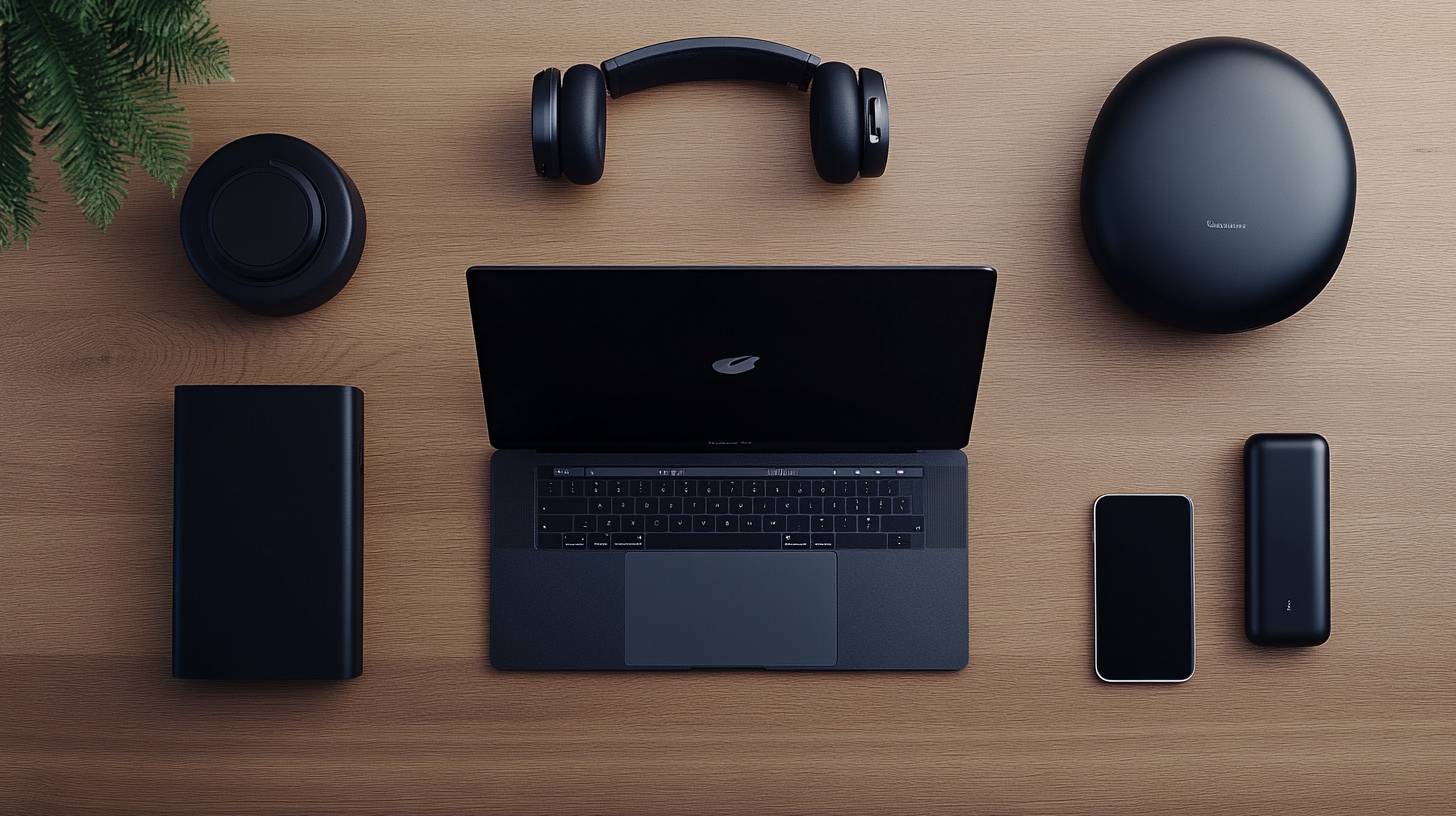
In this era, no business trip feels complete without our digital companions. I’ve heard from countless frequent flyers that they won’t board a plane without their laptop, smartphone, and noise-canceling headphones. According to a 2025 tech travel report, nearly 80% of business travelers say their work is more efficient on the road when they pack a proper device charger kit, complete with universal adapters for international outlets.
One trick I’ve picked up is to keep all my tech accessories, from chargers to earbuds, in a single pouch so I can grab them at a moment’s notice. I also bring a power bank that supports fast charging—a major lifesaver during those long layovers or unexpected flight delays. If I can’t locate a power outlet at the terminal, I know I can still stay connected and finish that last-minute presentation.
Beyond the basics, I’ve found it smart to carry a streamlined toiletry kit that includes small items like a pill organizer. Having vitamins or necessary medications on hand cuts down on rummaging and ensures I keep my energy up. A surprising 2024 poll by travel wellness experts revealed that nearly 65% of frequent flyers who stay consistent with their health routines—like taking supplements—report less fatigue on arrival.
4. Pack Versatile Attire
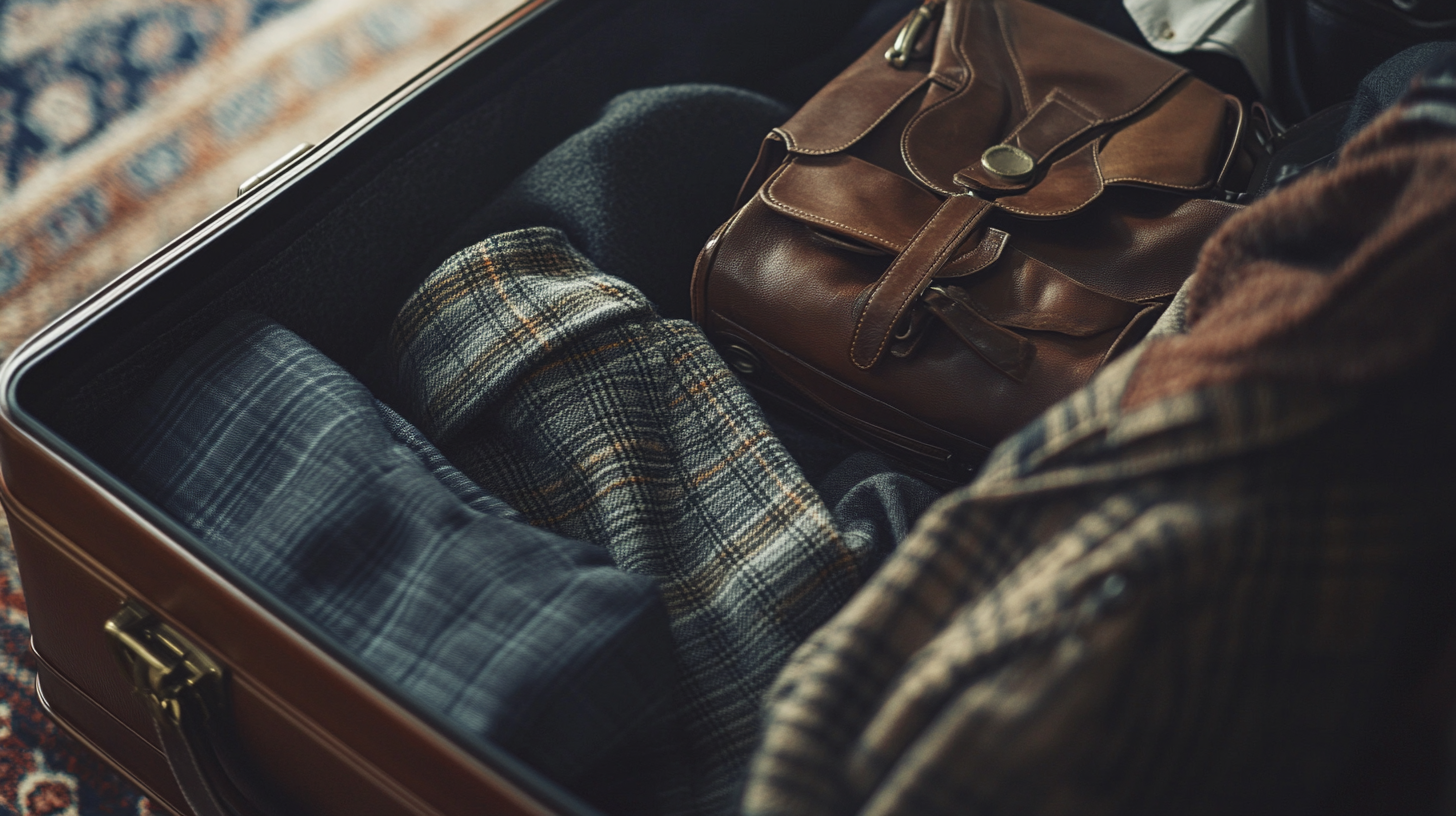
I’ve learned the hard way that a jam-packed bag of random outfits can create unnecessary stress. That’s why I stick with versatile, wrinkle-resistant clothes in solid colors or subtle patterns. This approach lets me transition seamlessly from a casual brunch meeting to a late-night client dinner with minimal fuss. According to multiple fashion experts, fabrics like merino wool or technical blends are ideal for resisting odors and wrinkles—two major perks when you’re away from an iron.
In my experience, layering is also crucial, especially in destinations with fluctuating temperatures. A classic blazer or lightweight cardigan can dress up jeans in a heartbeat, making it easier to adapt if your day goes from touring an office to meeting executives for lunch. The idea is to focus on items that fold well without creasing, so you spend less time steaming out wrinkles and more time on what really matters: your business goals.
I often come back to the formula of (trip days ÷ 2) + 1 for socks, especially if they’re merino. It’s like magic—you can reuse them without them feeling stale, and they dry quickly if you need to rinse them in a hotel sink. The same principle goes for underwear and other essentials—multiply or divide based on your comfort level, but keep it simple and streamlined.
5. Strategize with Simple Rules
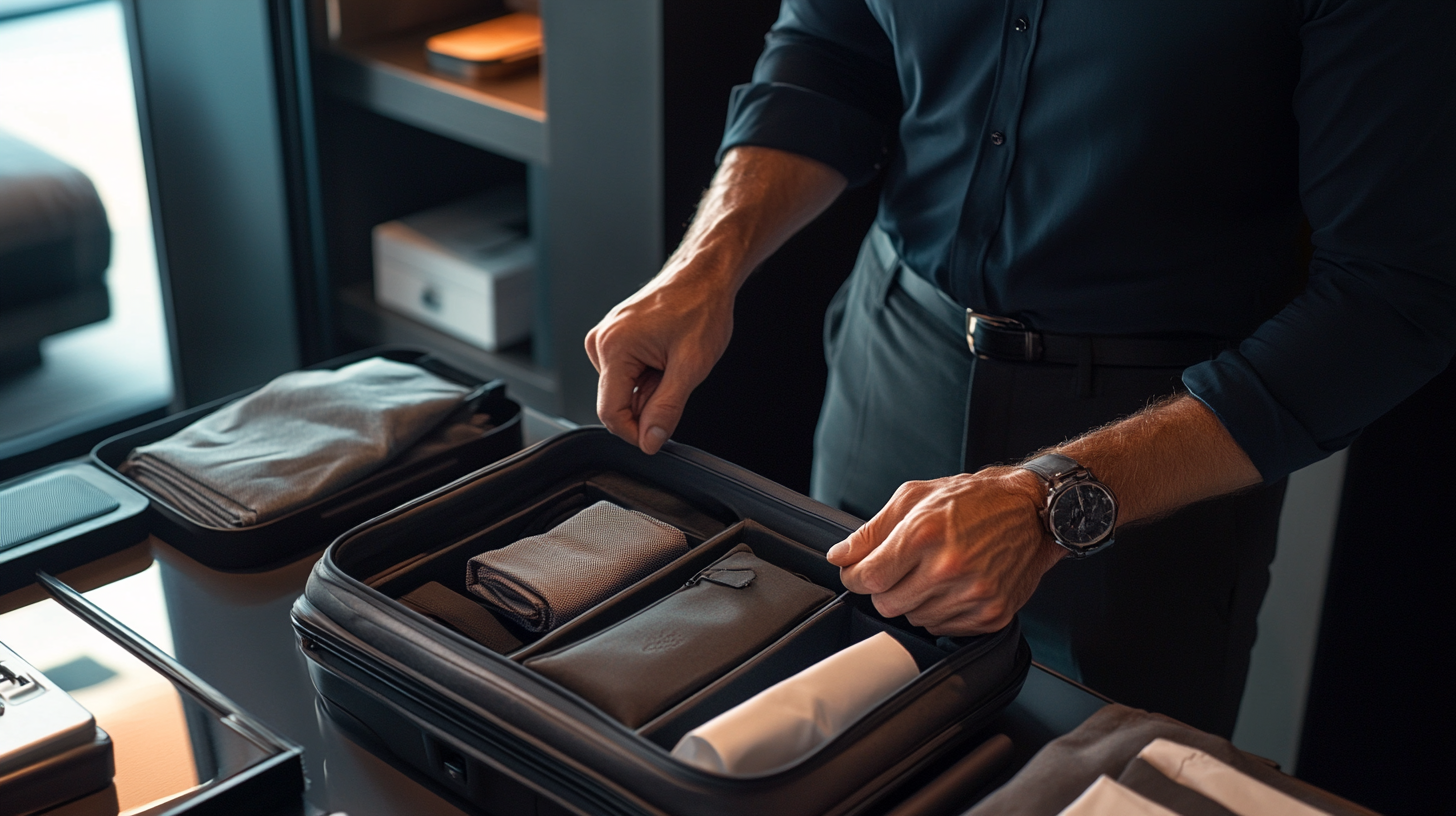
The 5-4-3-2-1 strategy is the perfect example of less is more. Five sets of undergarments, four tops, three bottoms, two pairs of shoes, and one jacket or blazer can really work wonders, no matter the trip length. I was skeptical at first, but after trying it on a week-long trip, I realized how much stress I saved by not overpacking.
Packing cubes are my hidden weapon. They’re not just a passing trend; they genuinely help keep clothes separated and folded neatly. I’ve found that I can stack my shirts in one cube, slacks in another, and casual items in a third. There’s no frantic rummaging when I arrive, and everything stays as tidy as it was when I zipped up the cubes at home.
If you’re worried about outfit variety, you can get creative with accessories like scarves, ties, or belts—these take up minimal space but can freshen up repeated basics. A 2025 travel blog analysis also found that travelers who apply simple rules, like the 5-4-3-2-1 method, are 30% more likely to report a smooth packing experience.
Final Thoughts
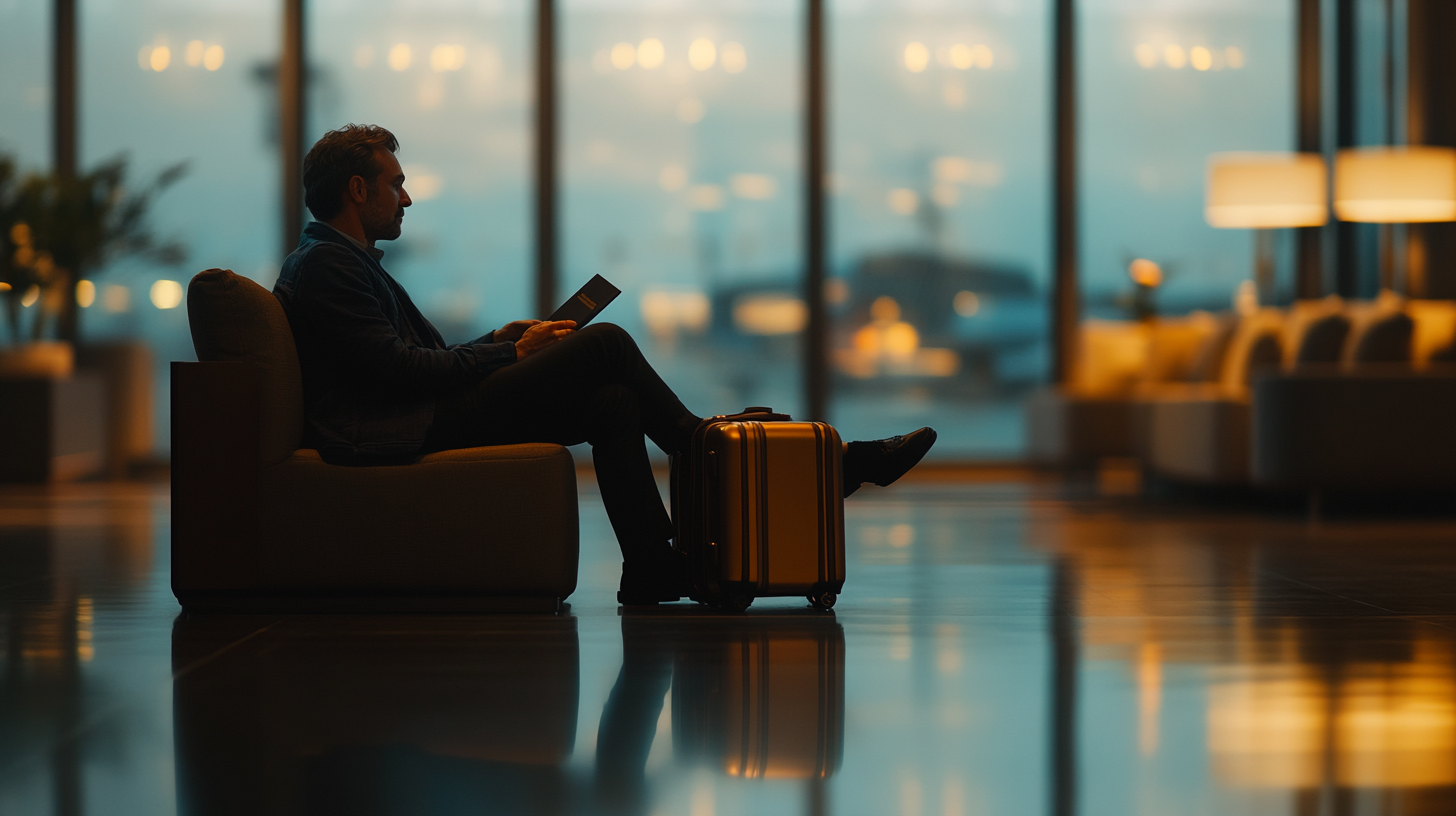
Today’s business travelers juggle more details than ever—meeting schedules, tech requirements, luggage restrictions, and even global time zones. Streamlining your packing approach can be a genuine lifesaver. By prioritizing essential documents, navigating with the right luggage, choosing solid tech tools, and cultivating a versatile wardrobe, you can effectively cut through the usual chaos of business trips.
The data shows what many of us have experienced firsthand: thoughtful preparation pays off. In an age where every minute counts, a carefully planned packing routine equals less stress, fewer wrinkles (in both your suit and your forehead), and better performance at those critical meetings or presentations. Essentially, it’s about aiming for simplicity, quality, and efficiency—you can’t go wrong with that combo, whether you’re flying for a single meeting or jetting around the globe for a month.
Barry B.’s Take
Whenever I’m out in the world, I love spotting travelers who’ve cracked the code of efficient packing. There’s a certain excitement in knowing you have only what you need and still look ready for any occasion. It’s like carrying your own personal toolkit—sleek, minimal, but powerful.
If you ask me, it’s not just about saving time or space; it’s about preserving the energy to appreciate the joys of modern travel. With everything in its place, there’s room left over for spontaneity, whether that’s a last-minute coffee with a local colleague or a quick scenic detour before the next flight.

